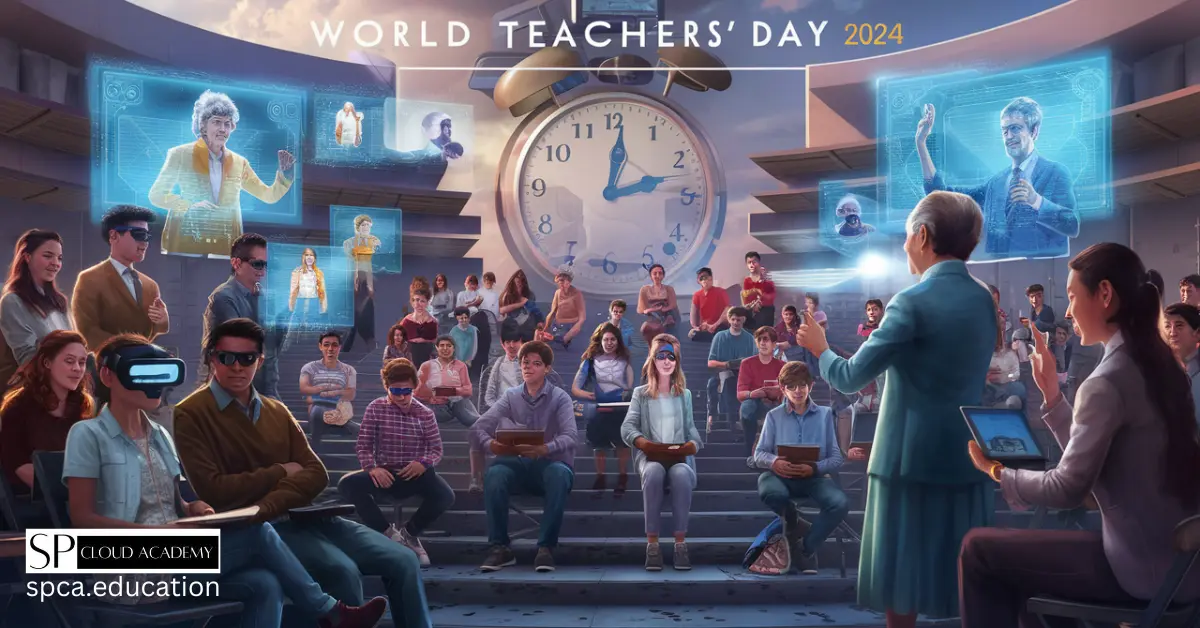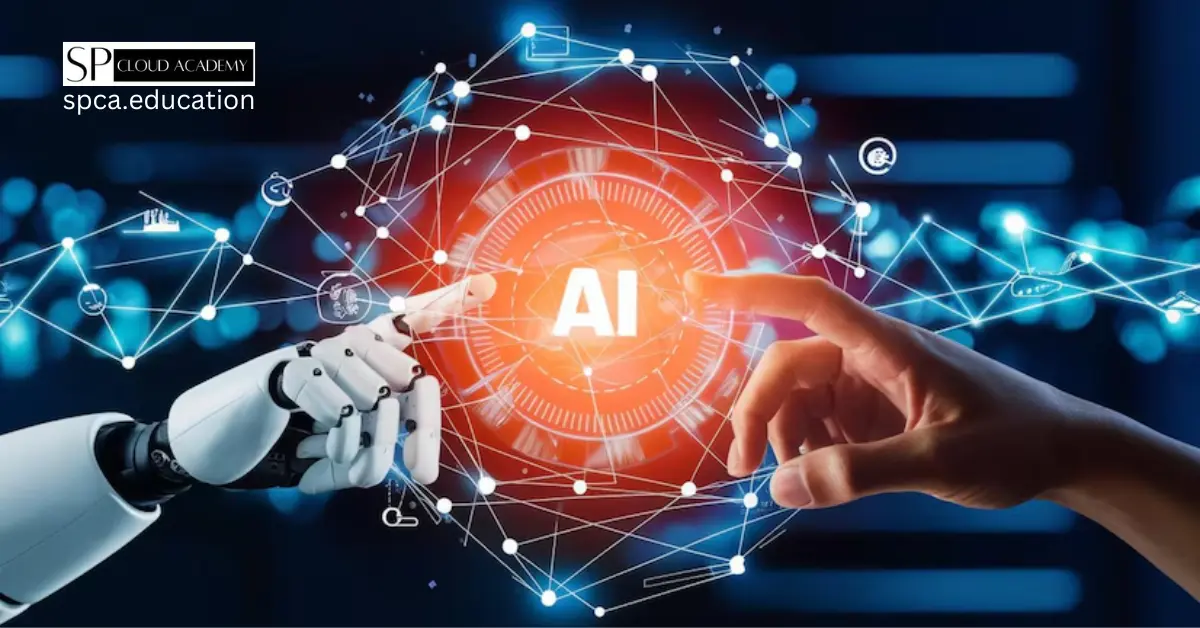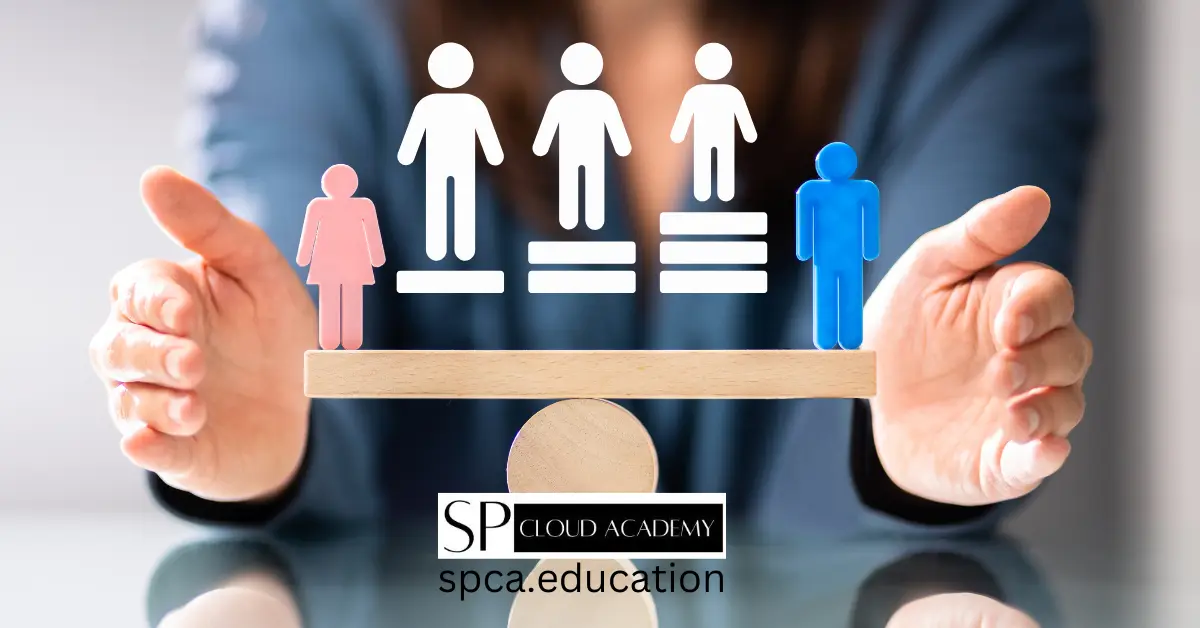In the pursuit of a just and harmonious society, the concepts of equality and equity frequently emerge as guiding principles. While often used interchangeably, these terms represent distinct approaches to fairness, with profound implications for how we design systems, distribute resources, and foster opportunities. The seemingly straightforward idea of “treating everyone the same” – the core tenet of equality – can, paradoxically, lead to outcomes that are anything but fair. This comprehensive exploration delves into the nuances of equality and equity, dissecting their definitions, historical contexts, practical applications, and the compelling reasons why recognizing individual needs and circumstances is paramount to achieving true justice. We will journey through various societal spheres, from education and healthcare to the workplace and social justice movements, illustrating how a shift from a purely equal approach to an equitable one can unlock potential and dismantle systemic barriers.
Understanding Equality: The Foundation of Sameness
At its core, equality advocates for treating all individuals identically, providing each person with the exact same resources, opportunities, and treatment, regardless of their background, circumstances, or specific needs. This principle is deeply ingrained in many legal and ethical frameworks, reflecting the admirable ideal that no one should be discriminated against based on arbitrary characteristics. For instance, the concept of “equal pay for equal work” or “one person, one vote” are quintessential examples of equality in action.
The historical drive for equality often emerged as a direct response to overt discrimination and oppression. Movements for civil rights, women’s suffrage, and LGBTQ+ rights have historically fought for the recognition of equal rights and protections under the law. The promise of equality is powerful: it envisions a society where everyone starts from the same theoretical baseline, with the same rules applying to all. It’s about ensuring that the starting line is perceived as level, and that no one is arbitrarily held back due to their identity.
However, the strength of equality – its unwavering commitment to sameness – can also be its Achilles’ heel. While striving for uniformity, it often overlooks the pre-existing disparities that individuals bring to that supposedly level playing field. If one person begins the race 50 meters behind the starting line due to systemic disadvantages, simply giving everyone the same opportunity to run from the actual starting line doesn’t magically erase that initial deficit. This is where the limitations of equality become apparent and where the need for a more nuanced approach, one that acknowledges differing realities, comes into sharp focus.
The Rise of Equity: Acknowledging Individual Needs
Equity, in contrast to equality, recognizes that people possess different circumstances and varying needs. It posits that true fairness often necessitates providing different levels of support, resources, or opportunities to individuals, not to create new disparities, but to address existing ones. The goal of equity is to achieve an equitable outcome, where everyone has a genuine chance to succeed, irrespective of their starting point. It’s not about making everyone the same; it’s about ensuring everyone has what they need to thrive.
A classic illustration of equity involves children trying to watch a baseball game over a fence. If equality is giving all three children a box of the same height, the tallest child can see easily, the middle child can peek, and the shortest child still can’t see over. Equity, however, would involve giving each child boxes of different heights, ensuring that all three can see the game. The tallest child might not need a box, the middle child might need one, and the shortest child might need two. The outcome – all children enjoying the game – is the equitable result.
The philosophical underpinnings of equity are rooted in a deep understanding of social justice and the recognition that historical and systemic factors have created significant disadvantages for certain groups. It acknowledges that simply removing barriers isn’t enough; sometimes, proactive measures are required to compensate for past and present injustices. This might involve affirmative action programs, targeted educational support, or specialized healthcare interventions. Equity is not about preferential treatment in a vacuum, but about compensatory treatment designed to level the playing field in a meaningful way, ultimately moving towards a state where the need for such compensatory measures diminishes.
The Crucial Distinction: Why Sameness Isn’t Always Fair
The core argument against relying solely on equality is that it often overlooks the reality of unequal starting points. Imagine two students, both entering a challenging university program. One student comes from a privileged background, attended well-funded schools, had access to extensive tutoring, and never had to worry about basic needs. The other student comes from a low-income family, attended under-resourced schools, worked part-time jobs to support their family, and faced numerous systemic barriers throughout their life. If both are simply given the “equal opportunity” to succeed in the university program without any additional support, is that truly fair?
This scenario highlights the fundamental flaw in a purely equal approach: it assumes a level playing field that simply doesn’t exist for many. Factors such as socioeconomic status, race, gender, disability, geographic location, and historical discrimination can create significant advantages or disadvantages that impact an individual’s ability to access and utilize opportunities. To treat everyone the same in the face of these disparities is not to be fair; it is to perpetuate existing inequalities.
Furthermore, a rigid adherence to equality can inadvertently punish those who need more support. If resources are distributed uniformly, those with greater needs might receive insufficient assistance, leading to continued struggle and potentially widening the gap between them and their more advantaged peers. This is why understanding the difference between equality and equity is not just an academic exercise; it’s a practical imperative for creating systems and societies that genuinely work towards the well-being and flourishing of all its members. It calls for a paradigm shift, moving beyond a simplistic view of fairness to one that is responsive to the complex realities of human experience.
Equality and Equity in Education: Bridging the Achievement Gap
The education system serves as a powerful microcosm for understanding the interplay between equality and equity. Traditionally, the focus has often been on providing equal access to schooling, curriculum, and resources. Every child, regardless of background, has a right to attend school, learn the same subjects, and sit for the same exams. This represents the principle of equality in action. However, the persistent “achievement gap” between students from different socioeconomic and racial backgrounds clearly demonstrates that equal access doesn’t automatically translate to equal outcomes.
Consider a school district where all schools receive the same per-pupil funding (equality). While this might seem fair on the surface, it ignores the fact that schools in low-income neighborhoods often serve students with higher rates of poverty, greater exposure to trauma, and fewer resources at home. These students may require more specialized support services, smaller class sizes, or additional instructional materials to reach the same academic benchmarks as their peers in more affluent areas. Simply giving every school the same budget overlooks these crucial differences.
An equitable approach to education would recognize these disparities and allocate resources accordingly. This might mean providing additional funding to schools in disadvantaged areas, investing in specialized programs for students with learning disabilities, offering free breakfast and lunch programs, or funding after-school tutoring for those who need extra help. It’s about tailoring support to meet the unique needs of each student and school community, ensuring that every child has a genuine opportunity to succeed academically, irrespective of their starting point. The goal isn’t to create an unfair advantage, but to counteract existing disadvantages and foster an environment where all students can reach their full potential.
Healthcare Disparities: The Case for Equitable Access
The realm of healthcare also profoundly illustrates the distinction between equality and equity. The ideal of equal access to quality healthcare is a cornerstone of many societies. Everyone should have the right to medical treatment, regardless of their ability to pay or their background. However, even in systems that aim for universal coverage, significant healthcare disparities persist, often along lines of socioeconomic status, race, and geographic location. Providing the “same” healthcare options to everyone doesn’t necessarily mean everyone receives the same quality or level of care.
For example, a rural community might have “equal access” to a hospital that is hours away, while an urban dweller lives minutes from several state-of-the-art facilities. A patient who speaks a different language might have “equal access” to a doctor who cannot communicate effectively with them, leading to misdiagnoses or inadequate treatment. Individuals from marginalized communities may face systemic biases from healthcare providers, leading to a poorer standard of care or less proactive treatment compared to their more privileged counterparts.
An equitable healthcare system would move beyond simply offering the same services to all. It would proactively address barriers to access, such as transportation challenges in rural areas, language barriers through translation services, and cultural competency training for healthcare providers. It might involve community-based health initiatives tailored to the specific needs of particular populations, mobile clinics reaching underserved areas, or targeted outreach programs to encourage preventative care in communities with historically poorer health outcomes. The aim is to ensure that everyone not only has the right to healthcare but also the means to receive the most appropriate and effective care for their individual circumstances, ultimately striving for more equitable health outcomes across the population.
Equity in the Workplace: Beyond Equal Opportunity
In the professional world, the concept of “equal opportunity” has long been championed as the gold standard for fairness. It dictates that all candidates for a job or promotion should be judged solely on their merits and qualifications, without regard for factors such as race, gender, age, or disability. While equal opportunity is a vital foundation, a truly equitable workplace goes further, acknowledging that historical and systemic biases can create an uneven playing field, even when policies explicitly prohibit discrimination.
Consider a company that proudly states it has an equal opportunity policy. However, if its recruitment methods primarily target elite universities or networks that predominantly consist of a particular demographic, it may inadvertently exclude highly qualified candidates from underrepresented groups. Or, if implicit biases lead hiring managers to consistently favor candidates who “fit the mold” of existing employees, true equality of opportunity is undermined. Furthermore, once hired, employees from marginalized groups may face different challenges in terms of mentorship, sponsorship, and promotion opportunities compared to their more privileged peers.
An equitable workplace actively seeks to dismantle these invisible barriers. This might involve diversified recruitment strategies, blind resume reviews to reduce bias, comprehensive unconscious bias training for all employees, and robust mentorship and sponsorship programs specifically designed to support the career progression of underrepresented groups. It also encompasses creating inclusive cultures where all employees feel valued, respected, and have a voice. The goal isn’t to hire or promote unqualified individuals but to ensure that everyone, especially those historically disadvantaged, has a genuine and fair shot at advancing their careers and contributing their full potential to the organization.
Social Justice and Systemic Change: The Broad Scope of Equity
The discussions around equality and equity are perhaps most visible and vital within the broader context of social justice movements. Many of these movements, from civil rights to disability rights, initially fought for basic legal equality – the removal of explicit discriminatory laws and the recognition of equal rights. However, as societies progressed, it became increasingly clear that legal equality alone was insufficient to dismantle deep-seated systemic injustices. This realization has fueled a shift towards an equity-focused approach to social change.
For instance, the fight for disability rights moved beyond simply ensuring equal access to public spaces (e.g., ramps and accessible restrooms – an aspect of equality) to advocating for policies that proactively support the full inclusion and participation of people with disabilities in all aspects of life. This could include personalized accommodations in workplaces, assistive technologies in education, and comprehensive support services that address the unique needs of individuals with diverse abilities (elements of equity).
Similarly, discussions around racial justice have evolved from focusing solely on the end of legal segregation (equality) to addressing the ongoing impacts of systemic racism, such as disparities in policing, housing, and economic opportunities. An equitable approach to racial justice seeks to identify and dismantle the structures, policies, and practices that perpetuate these disparities, working to create conditions where race is no longer a predictor of life outcomes. This requires not just treating everyone the same now, but actively working to repair the harms of the past and present, acknowledging the cumulative disadvantage faced by marginalized communities.
Implementing Equity: Challenges and Strategies
While the case for equity is compelling, its implementation is rarely straightforward and often faces significant challenges. One of the primary hurdles is overcoming the ingrained belief that treating everyone “the same” is inherently fair. Many people perceive equitable measures as “reverse discrimination” or “special treatment,” failing to recognize that these measures are often designed to counteract existing, historical imbalances. Educating the public about the fundamental difference between equality and equity is therefore a critical first step.
Another challenge lies in identifying and accurately measuring existing disparities. Implementing equitable solutions requires a deep understanding of who is being disadvantaged, in what ways, and why. This necessitates robust data collection, disaggregated by relevant demographic factors, to pinpoint where resources and interventions are most needed. Without this data, efforts to achieve equity can be misdirected or ineffective.
Furthermore, implementing equitable policies often requires a willingness to reallocate resources, which can be politically contentious. It may mean shifting funds from historically advantaged areas or programs to those that serve disadvantaged communities. This requires strong leadership, political will, and a commitment to long-term societal benefit over short-term perceived losses for specific groups.
Strategies for successful equity implementation include:
- Data-driven decision making: Using data to identify disparities and track the effectiveness of interventions.
- Targeted interventions: Designing programs and policies specifically for groups experiencing disadvantage.
- Community engagement: Involving affected communities in the design and implementation of solutions.
- Cultural competency: Ensuring that policies and services are delivered in a way that respects and responds to diverse cultural backgrounds.
- Systemic analysis: Examining and reforming the underlying systems, policies, and practices that create and perpetuate inequality.
- Ongoing evaluation: Continuously assessing the impact of equitable initiatives and adapting them as needed.
Moving towards equity is not a one-time fix but an ongoing process of learning, adapting, and striving for a more just and inclusive society.
The Synergistic Relationship: Why We Need Both
It is crucial to understand that advocating for equity does not mean abandoning equality. Rather, the two concepts are often interdependent and mutually reinforcing. Equality provides the baseline – the fundamental principle that all individuals possess inherent worth and are deserving of equal rights and respect. It ensures that no one is denied basic dignities or opportunities simply because of who they are.
Equity, then, builds upon this foundation. It acknowledges that while everyone deserves equal rights, not everyone starts from the same place or has the same journey. By addressing historical and systemic disadvantages, equity aims to ensure that everyone has a genuine opportunity to experience the benefits of equality. In essence, equality sets the ideal standard, while equity provides the practical pathway to achieve that ideal in a world marked by persistent disparities.
Imagine a group of people wanting to reach a high-up fruit on a tree. Equality would mean giving everyone the same ladder. Some might reach the fruit, others might struggle, and some might not reach it at all. Equity would mean giving each person a ladder of the appropriate height so that everyone can reach the fruit. In this analogy, the “equal right to fruit” is the underlying principle, but the equitable distribution of ladders ensures that this right can be realized by all.
Ultimately, the goal is not to choose between equality and equity, but to embrace both as essential components of a truly fair and just society. We need the unwavering commitment to equal rights and opportunities that equality provides, coupled with the flexible, responsive, and compensatory approach of equity to ensure that those rights and opportunities are genuinely accessible and achievable for everyone.
Conclusion: Embracing a Nuanced Vision of Fairness
The journey from a simplistic understanding of fairness as “treating everyone the same” to a more nuanced appreciation of equity is a critical evolution in our pursuit of a just society. While equality rightly asserts the fundamental worth and rights of every individual, it often falls short in addressing the deep-seated, systemic disadvantages that prevent many from truly accessing those rights and opportunities. Equity steps in to bridge this gap, recognizing that true fairness necessitates tailored support and resources to level the playing field.
By embracing equity, we acknowledge the complex realities of individual lives, the lasting impact of historical injustices, and the varied starting points that shape each person’s journey. From education to healthcare, and from the workplace to broader social justice initiatives, a focus on equity allows us to design systems and implement policies that are genuinely responsive to human needs. It is about moving beyond simply opening the door to opportunity and actively ensuring that everyone has the means to walk through it and thrive. The call for equity is not a call for preferential treatment but a demand for genuine justice – a vision where every individual, regardless of their background, has an authentic and fair chance to reach their full potential, contributing to a richer, stronger, and more inclusive society for all.
See Also
-

The Ultimate List of Top Tech and Cloud Computing Blogs for Industry Insights
-

Unleashing the Power of ICT: Becoming an Effective Educator in the Digital Age
-

Significance of World Teachers’ Day 2024
-

How to Write an Amazing Article: Proven Techniques for Success
-

How to Manage Time Effectively as an IT Professional
-

Webinar Rules and Ethics: The Ultimate Guide for Professionals
-

Innovative ICT Centers: The Future of R&D in Engineering Education
-

Transforming Engineering Education: Why AI Literacy is a Must for Educators
-

The Future of Project Management: Integrating Cloud Computing and AI
